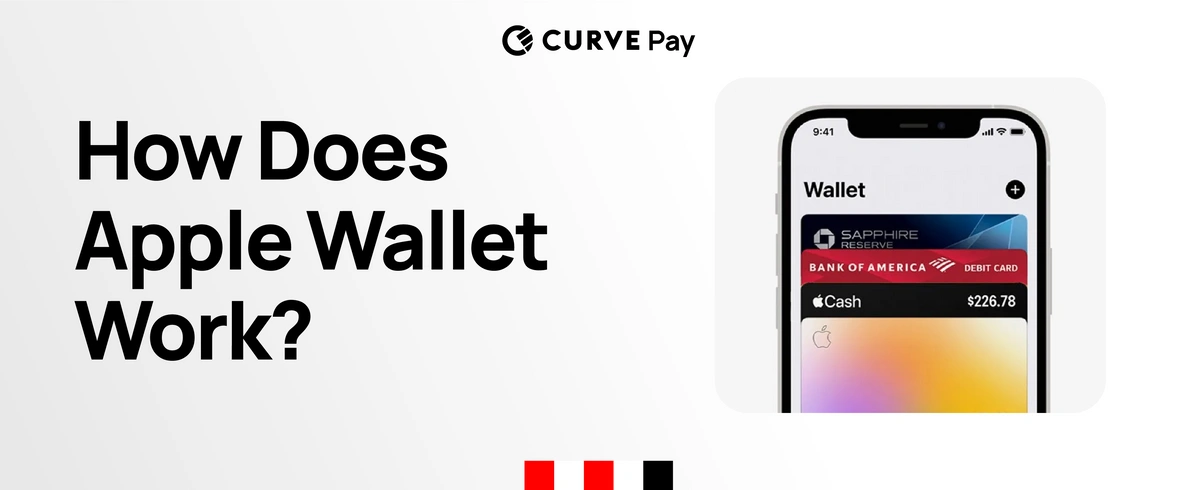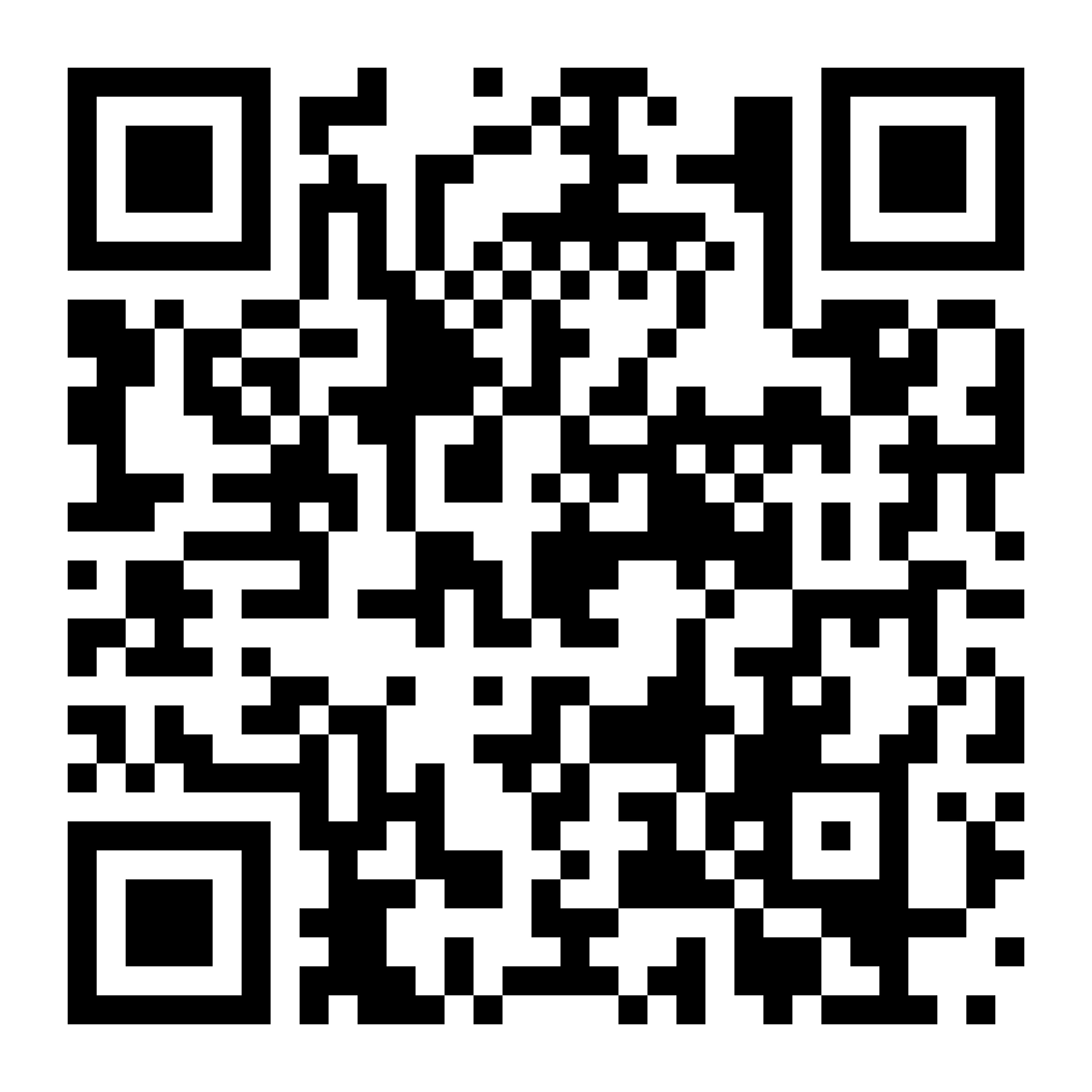
How Does Apple Wallet Work? A Detailed Guide
Your phone has replaced your camera, your satnav, and your music player. Now, it’s ready to replace your wallet. The days of frantically searching through pockets and bags for the right card are fading, thanks to digital wallets. They offer a secure and incredibly convenient way to carry your payment cards, travel passes, and tickets on the device you use most.
If you’re new to the concept, we recommend starting with our foundational guide: What is a Digital Wallet?
For Apple users, the gateway to this convenience is Apple Wallet. It’s a powerful and secure app built into every iPhone. But how does it actually work? Is it safe? And how can you get the most out of it? This guide provides clear, practical answers, from adding your first card to mastering travel and security.
What is Apple Wallet? (And How is it Different from Apple Pay?)
It’s common to hear "Apple Wallet" and "Apple Pay" used interchangeably, but they are two distinct parts of the same system.
-
Apple Wallet is the app itself. Think of it as the digital version of your leather wallet or purse. It’s a secure place on your iPhone or Apple Watch where you store digital versions of your bank cards, tickets, loyalty cards, and more.
-
Apple Pay is the service that lets you use the payment cards in your Apple Wallet to make secure purchases. When you tap your iPhone on a contactless reader in a shop, you’re using Apple Pay to handle the transaction.
In short, the Wallet holds the cards, and Apple Pay uses them to pay.
The app’s main features extend far beyond just payments. You can use it to store and access:
-
Credit and debit cards
-
Boarding passes for flights
-
Event tickets (concerts, cinema, sports)
-
Loyalty and reward cards
-
Digital car and hotel keys (with supported partners)
Getting Started: Adding Cards, Tickets, and Passes
Before you can use the Apple Wallet, you need to add things to it. The process is straightforward and secure.
How to Add a Debit or Credit Card
-
Open the Wallet app on your iPhone.
-
Tap the plus icon (+) in the top-right corner.
-
Select Debit or Credit Card.
-
You can either use your camera to scan the card details automatically or choose to Enter Card Details Manually.
-
Your bank will then need to verify the card, usually by sending a one-time code via SMS or asking you to approve it in their banking app.
Once verified, your card appears in the Wallet, ready to be used with Apple Pay.
How to Add Tickets, Passes, and Loyalty Cards
Adding non-payment items is often even easier. You’ll typically see an "Add to Apple Wallet" button within an airline app, a ticket confirmation email (from Trainline or Ticketmaster, for example), or on a company’s website. Simply tap this button, and the pass will be automatically added and stored.
For some loyalty cards, you may need to scan a barcode or QR code from the physical card using the Wallet app’s scanner.
Making Payments with Apple Wallet: A User's Guide
This is where Apple Wallet shines in day-to-day use. Paying with your device is faster, more secure, and often more convenient than using a physical card.
In-Store Contactless Payments
When you’re at a checkout that accepts contactless payments (look for the contactless symbol or the Apple Pay logo), you can pay with your iPhone or Apple Watch.
Using an iPhone (with Face ID):
-
Double-click the side button on your iPhone.
-
Glance at your screen to authenticate with Face ID.
-
Hold the top of your iPhone near the contactless reader until you see "Done" and a tick on the screen.
Using an iPhone (with Touch ID):
-
Rest your finger on the Touch ID sensor while holding your phone near the reader.
Using an Apple Watch:
-
Double-click the side button.
-
Hold your Apple Watch display within a few centimetres of the contactless reader until you feel a gentle tap.
Online and In-App Payments
Many websites and apps now offer Apple Pay as a checkout option. This saves you from having to manually enter your card number and shipping address every time.
-
When you’re ready to pay, tap the "Buy with Apple Pay" or "Apple Pay" button.
-
Confirm your payment details (like your chosen card and delivery address).
-
Authenticate the payment using Face ID, Touch ID, or your passcode.
It’s a one-tap process that is both faster and more secure than traditional online checkouts.
Using Express Mode for Public Transit & More
Apple Wallet supports Express Mode for public transit. With Express Mode, you can pay your fare by simply tapping your iPhone or Apple Watch at the transit gate—no need to wake your device, unlock it, or authenticate with Face ID, Touch ID, or a passcode. Just tap and go.
Express Mode is enabled by default when you add most eligible transit cards, and you can manage which card is set as your Express Transit card in Wallet settings.
-
No unlocking, no authentication required
-
Works with Power Reserve: Even if your iPhone battery is low, Express Mode can still work for up to five hours
-
Set your default transit card for each network
You can also set certain payment cards for Express Mode if your transit system does not support your transit card directly.
To manage Express Mode, open the Wallet app, select your transit card, tap Card Details, then choose Express Mode to set your preferences.
How Apple Wallet Keeps Your Information Safe and Private
Security is the most critical aspect of a digital wallet. Apple has built multiple layers of protection into the system, making Apple Pay more secure than using your physical card in several key ways.
-
Authentication: You must authorise every single payment with your unique Face ID, Touch ID, or passcode. No one can use your Apple Wallet to pay, even if your phone is unlocked. This also means you aren't restricted by the standard £100 contactless limit that applies to physical cards.
-
Tokenisation: This is the core of Apple Pay’s security. When you add a card, your actual 16-digit card number is not stored on the device or on Apple’s servers. Instead, Apple works with your bank to create a unique digital token, called a Device Account Number. This token is encrypted and stored securely in a dedicated, certified chip on your device called the Secure Enclave.
-
Transaction Security: When you make a payment, it's this token, not your real card number, that is sent to the merchant. Each transaction is also authorised with a one-time, unique security code. This means that even if a merchant’s system were compromised, your actual card details would remain safe.
What Happens if You Lose Your Phone?
Losing your wallet is a nightmare. Losing your phone is stressful, but your financial data stays protected. Every Apple Pay transaction still requires your face or fingerprint, so a thief can’t use Apple Wallet to make payments.
On top of this, Stolen Device Protection is available in newer iOS versions (17.3 or later) and adds extra security: even if someone knows your passcode, they can’t make critical changes or access your financial data in Apple Wallet without Face ID or Touch ID.
You can also use the Find My app from another Apple device or iCloud.com to immediately put your device in Lost Mode. This locks the device and suspends Apple Pay. You can also remotely erase your device entirely, which will remove all cards from Apple Wallet. For more details, visit Apple's official support page for a lost or stolen device.
Using Curve Pay with Apple Wallet: Get More From Every Tap
For Curve Pay users, adding your card to Apple Wallet unlocks a powerful combination. It pairs the seamless convenience of Apple Pay with Curve Pay’s unique ability to unite all your debit and credit cards into one. This means a single tap of your iPhone or Apple Watch can access any of your underlying cards, ensuring you always use the right one without having to carry it.
The benefits go beyond simple consolidation. When you pay with Curve Pay through Apple Wallet, you still get all the features you love:
-
Earn Cashback: Continue earning 1% cashback from your chosen retailers on top of any existing card rewards. Limits apply - see our Fair Use Policy for details.
-
Go Back in Time: Made a payment with the wrong card? You can still move it to another card in the Curve Pay app, even after paying with Apple Pay.
-
Smarter Travel: Set Curve Pay as your travel card to tap and go without authentication, making your commute effortless, plus a handful of rewards.
Adding your Curve Pay card is simple and can be done directly from the Curve Pay app in a few taps. Once it's in your Apple Wallet, we recommend setting it as your default card to make sure every tap is powered by Curve.
The Curve Pay Wallet is also now available on iOS in the EEA and on Android in the UK and EEA and can be set as your default wallet—maximising rewards, spend control, and smart automation across all your transactions.
For detailed step-by-step instructions, you can always refer to the Curve Help Centre.
For detailed step-by-step instructions, you can always refer to the Curve Help Centre.
Conclusion: A Smarter, More Secure Wallet
Apple Wallet is a secure, organised, and powerful tool that simplifies how you manage daily transactions, travel, and events. By replacing physical cards with digital versions protected by best-in-class security like tokenisation and biometrics, it offers both convenience and peace of mind.
When you combine Apple Wallet with Curve Pay, you take that convenience a step further, consolidating all your bank cards into one, earning rewards, and gaining more control over your finances with every tap.
Frequently Asked Questions (FAQ)
Is Apple Wallet free to use?
Yes. Apple Wallet is a free app built into your device, and Apple does not charge users any fees for using Apple Pay. Your bank’s standard fees and charges still apply.
What happens if a payment is declined?
A declined payment works just as it would with a physical card. It could be due to insufficient funds, a block on your card, or a connection issue with the terminal. If you're using Curve, check the Curve app to ensure your selected underlying card has funds and is active.
Is Apple Pay safer than using my physical contactless card?
Yes. A physical card can be used for contactless payments by anyone who has it, up to the £100 limit. Apple Pay requires your unique Face ID, Touch ID, or passcode for every transaction, making it far more secure. The use of tokenisation also protects your real card number.
Can I add any card to Apple Wallet?
Most major UK banks and card providers, including Curve, support Apple Pay. You can find a list of participating banks on Apple's official website.
Read more about Curve Pay plans.






